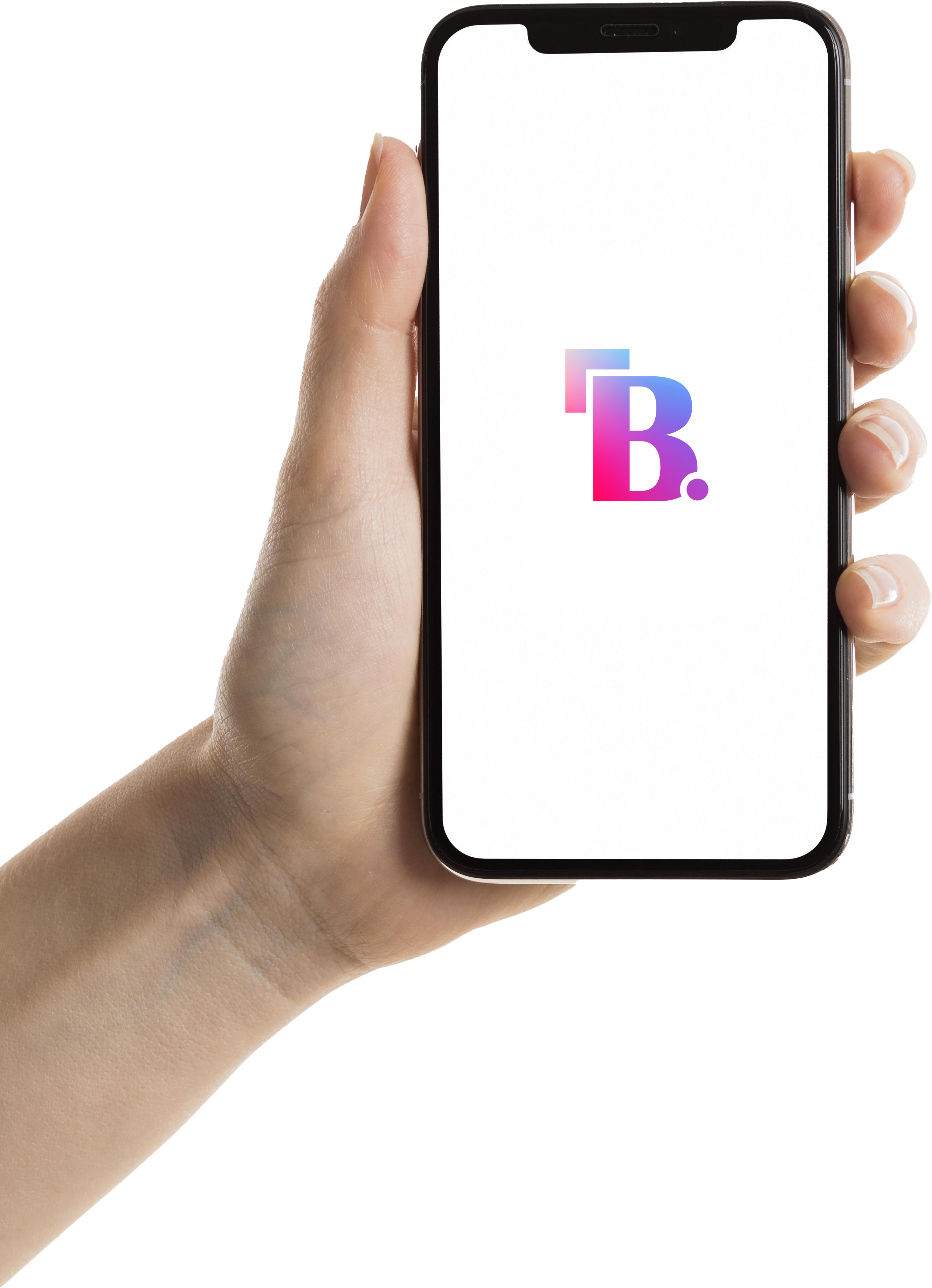Nothing phone market expansion
Creating a marketing strategy for the Nothing Phone (or any similar product) involves several key steps. Below is a comprehensive strategy that could be adapted for the Nothing Phone:
Market Research and Target Audience Analysis
Identify Target Audience: Focus on tech-savvy individuals, early adopters, and design-conscious consumers who value minimalism and innovation.
Competitor Analysis: Study competitors like Apple, Samsung, and OnePlus. Identify their strengths and weaknesses, and find gaps that Nothing Phone can fill, such as offering a unique design at a competitive price.
Market Trends: Keep an eye on trends in smartphone technology, sustainability, and consumer preferences, like 5G, AI integration, and eco-friendly packaging.
2. Brand Positioning
Unique Selling Proposition (USP): Position the Nothing Phone as a blend of cutting-edge technology with a minimalist design. Emphasize the phone's transparency, simplicity, and user-centered features.
Brand Story: Build a narrative around the brand's mission to break the clutter and offer a seamless user experience. Highlight the founders' vision and the brand’s commitment to innovation and sustainability.
3. Product Launch Strategy
Pre-Launch Hype: Create a buzz through teaser campaigns across social media platforms. Use cryptic messages, countdowns, and influencer collaborations to build anticipation.
Limited Edition Pre-Orders: Offer limited edition pre-orders with exclusive packaging or accessories. This creates a sense of urgency and exclusivity.
Virtual Launch Event: Host a live virtual event to unveil the Nothing Phone. Incorporate interactive elements like Q&A sessions and live demos. Engage with tech influencers and media to maximize reach.
4. Digital Marketing Strategy
Social Media Campaigns: Leverage platforms like Instagram, Twitter, and TikTok to share visually appealing content that highlights the phone’s unique design and features. Utilize user-generated content and challenges to boost engagement.
Content Marketing: Create blogs, videos, and tutorials that demonstrate the phone's features, benefits, and use cases. Share behind-the-scenes content about the design and development process to create a personal connection with the audience.
SEO & SEM: Optimize the website and content for search engines to ensure high visibility. Invest in targeted Google Ads and social media ads to reach potential customers based on their search behavior and interests.
Email Marketing: Build a mailing list through the website and social media channels. Send personalized emails with updates, offers, and exclusive content to keep the audience engaged.
5. Influencer & Community Marketing
Influencer Partnerships: Collaborate with tech reviewers, lifestyle influencers, and celebrities who resonate with the target audience. Provide them with early access to the phone for reviews and promotions.
Community Engagement: Build a loyal community around the brand by creating online forums, discussion groups, and hosting AMA (Ask Me Anything) sessions. Encourage customers to share their experiences and feedback.
6. **Retail & Distribution Strategy
E-Commerce Focus: Prioritize online sales through the official website and major e-commerce platforms. Offer exclusive online discounts and bundles.
Select Offline Presence: Partner with select retailers for an offline presence in key locations, focusing on tech hubs and cities with a high concentration of the target audience.
Pop-Up Stores: Set up temporary pop-up stores in major cities to offer hands-on experiences with the phone. These can be integrated with AR/VR experiences to showcase the phone’s features in an immersive way.
7. Customer Support & Post-Sale Engagement
Dedicated Support: Offer 24/7 customer support through various channels, including chatbots, social media, and phone lines.
Loyalty Programs: Introduce a loyalty program that rewards repeat customers with discounts, early access to new products, and exclusive content.
Feedback Loop: Actively seek customer feedback and implement improvements. Show transparency by sharing updates on how customer input is shaping future products.
8. Sustainability & Corporate Social Responsibility
Eco-Friendly Initiatives: Highlight the brand’s commitment to sustainability, such as using recyclable materials, reducing e-waste, and offering trade-in programs.
Community Projects: Engage in or support social and environmental causes that resonate with the target audience. This can be part of the brand’s broader CSR strategy.
9. Performance Metrics & Optimization
Track KPIs: Monitor key performance indicators (KPIs) like website traffic, conversion rates, customer acquisition costs, and social media engagement.
A/B Testing: Regularly test different marketing strategies and campaigns to identify what works best.
Continuous Improvement: Use data analytics to refine and optimize the marketing strategy continuously.
This strategy provides a comprehensive approach to marketing the Nothing Phone, focusing on creating a strong brand identity, leveraging digital channels, engaging with the community, and maintaining a commitment to innovation and sustainability.
Popular Posts

OM Redox - Your Oxygen Box
OM Redox Your Oxygen Box is a convenient, portable oxygen provider, ready to use at the touch of [...]

Best Website Development Technology
PHP is often regarded as one of the best technologies for website development due to its flexibil [...]

Bira 91 Markeing Strategy- First Craft Beer of India
Beer enthusiasts are well aware of the wide range of options available, whether they're at a bar [...]




